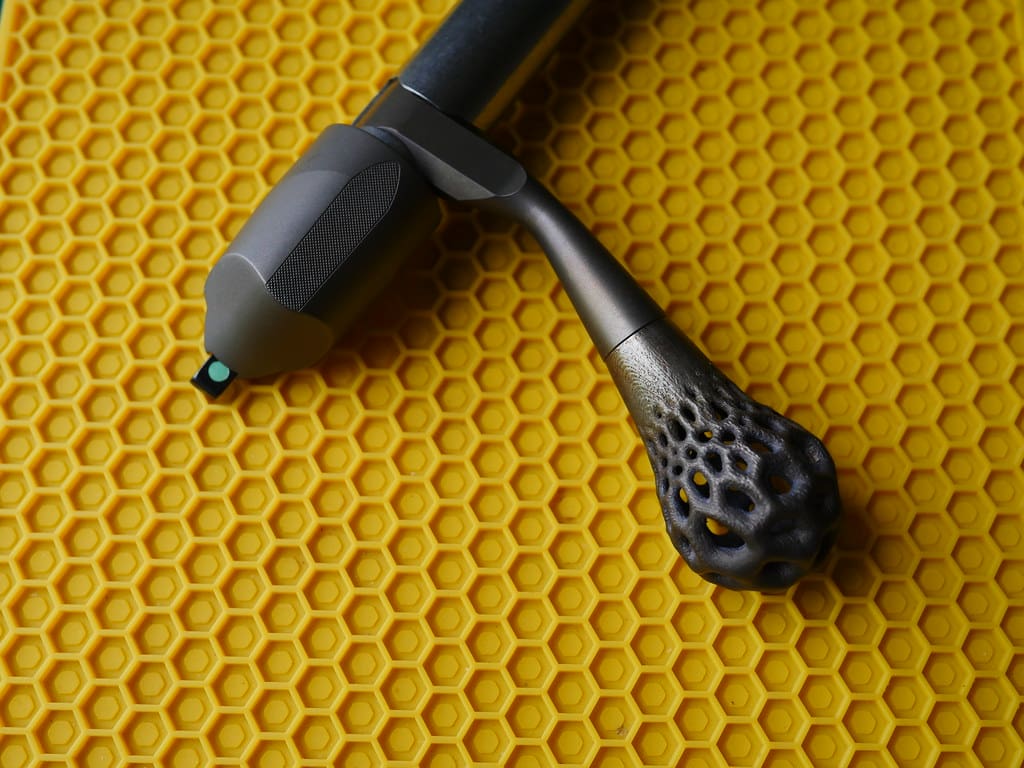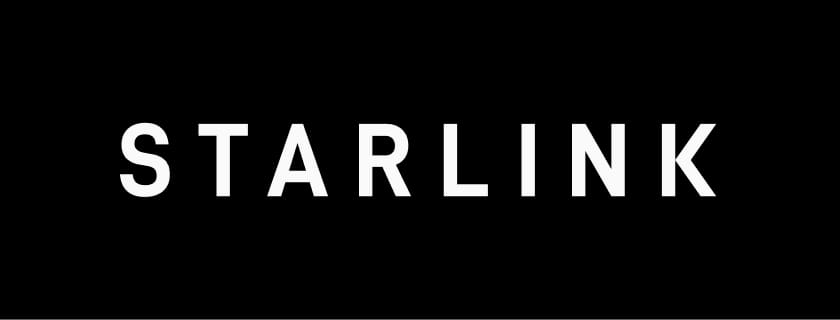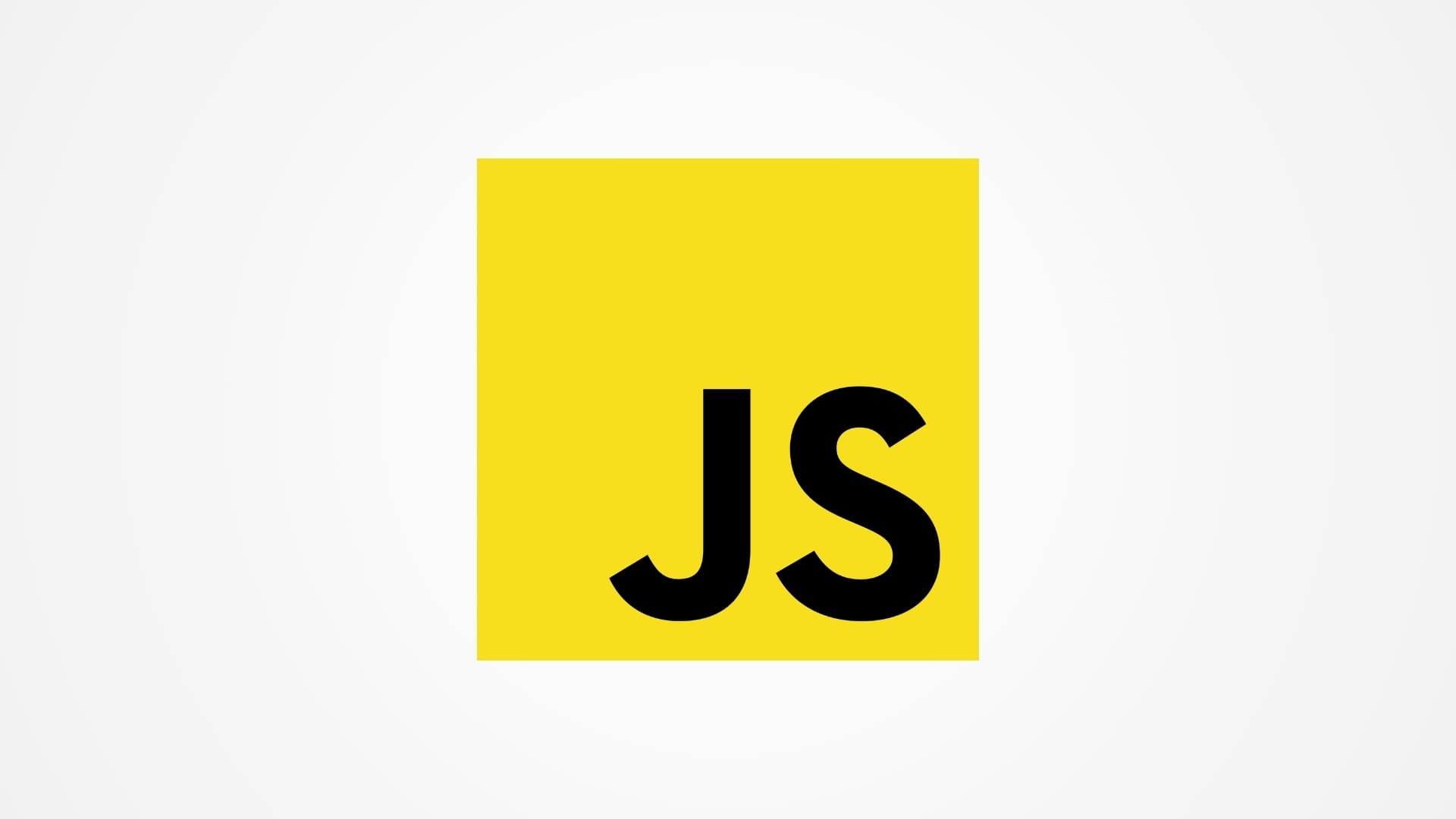Binder Jetting is a distinctive 3D printing technology that utilizes a liquid binding agent to selectively join powder materials, layer by layer, to form a solid part. Unlike other powder-based printing technologies such as SLS or EBM, Binder Jetting does not require high temperatures to sinter the material, making it suitable for a broader range of materials, including metals, sands, ceramics, and polymers. This technology is prized for its ability to produce complex geometries at high speeds and for full-color printing capabilities, making it a popular choice for applications ranging from industrial casting to artistic endeavors. Understanding the components that constitute a Binder Jetting 3D printer can help users optimize its functionality and extend its operational life.
Core Components of a Binder Jetting 3D Printer
1. Powder Feeder System: The powder feeder system is responsible for supplying the base material in powder form to the build area. This system typically uses a hopper that dispenses powder onto the build platform. The precision and consistency with which powder is delivered and spread are crucial for ensuring the quality and accuracy of the printed parts.
2. Build Platform: The build platform in a Binder Jetting printer supports the powder bed and the object being printed. It is usually designed to move vertically, lowering incrementally after each layer is deposited and bonded, allowing for the subsequent layer of powder to be spread over it.
3. Recoating Mechanism: After the binding agent is applied and each layer is processed, the recoating mechanism spreads a new layer of powder over the previously printed layer. This can be achieved using a roller or a blade that moves across the build area, ensuring a consistent and even application of the powder.
4. Print Heads: The print heads in a Binder Jetting printer are similar to those found in traditional inkjet printers. They jet the binding agent onto the powder bed, selectively binding the powder particles together according to the 3D model’s specifications. Advanced printers may use multiple print heads to apply different colors or additional agents that modify the material properties of the final product.
5. Binder Supply System: This system supplies the binding agent to the print heads. It must ensure a steady and controlled flow of the binder to maintain print quality, especially in prints that require high detail or have large dimensions.
6. Infrared Heating System: Some Binder Jetting printers include an infrared heating system to enhance the bonding of the powder particles. While not sintering the powder fully, the heat can help to strengthen the bond between the powder particles, improving the integrity and handling strength of the green part before it goes into post-processing.
7. Build Chamber: The build chamber houses the build platform, powder feeder system, and recoating mechanism. It is typically enclosed to minimize contamination of the powder and to maintain a stable environment that supports consistent printing conditions.
8. Vacuum System: A vacuum system or other removal mechanisms are used to clear away excess powder during the printing process and upon completion of a print job. Keeping the build area clean is essential for maintaining print quality and for the recycling of unused materials.
9. Control Software: The software that controls a Binder Jetting printer translates digital models into precise instructions that direct the print heads where to deposit the binder. This software also manages the layer-by-layer process and adjusts parameters like binder saturation and drying times to optimize print quality.
10. Post-Processing Equipment: Due to the nature of Binder Jetting, printed parts often require post-processing, which may include drying, curing, or infiltration with another material to enhance mechanical properties. While not part of the printer itself, these post-processing units are essential components of the overall system.
The components of a Binder Jetting 3D printer work together to offer a versatile and efficient additive manufacturing solution capable of producing parts in a variety of materials and colors. Each component, from the powder feeder system to the sophisticated control software, plays a critical role in ensuring the successful application of this technology across diverse industries. As Binder Jetting technology continues to evolve, further advancements in component efficiencies and material capabilities are expected, expanding the potential applications of this innovative printing technology.








